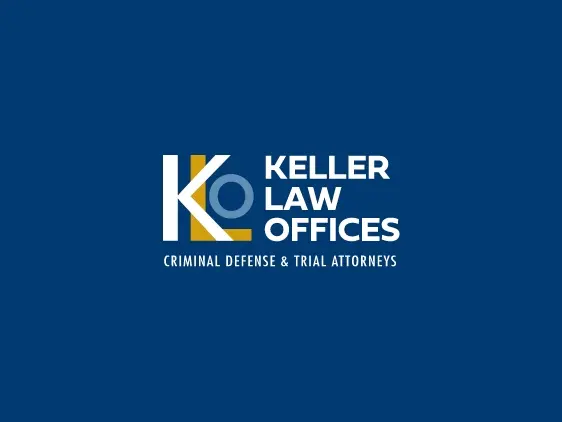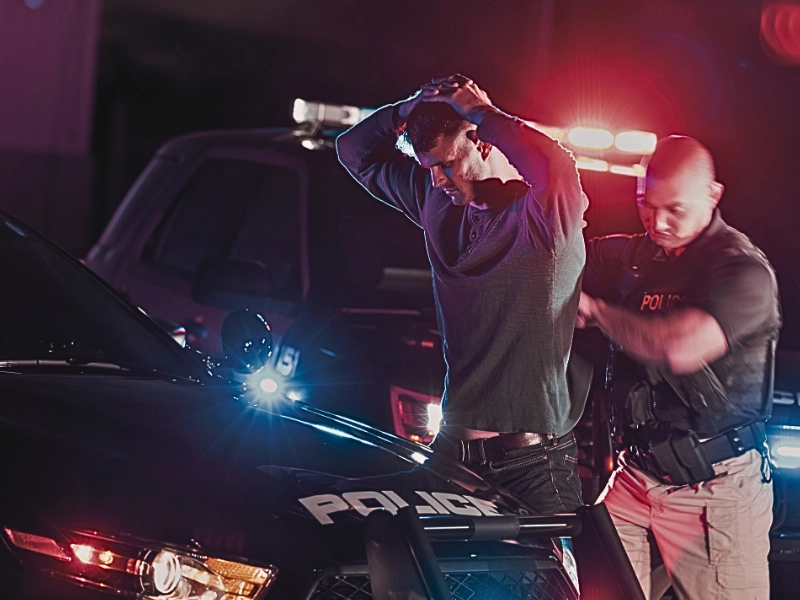The Minnesota House recently passed a compromise bill amending the state’s drug sentencing guidelines. The new guidelines are intended to divert many offenders to treatment programs instead of to prison cells. The changes come after it was recognized that 7 times out of 10, judges applied less severe punishments than guidelines called for. Indeed, many judges remain steadfast in their belief that many offenders should be rehabilitated rather than incarcerated.
One of the most significant changes to the law is that it expands the scope of drug offenders who are eligible for enrollment within early release programs. Under the new guidelines, offenders who complete drug treatment programs and maintain a peaceful demeanor while in prison will be eligible for early release.
The legislation also reduces the recommended sentence for the first-degree sale or possession of heroin, cocaine, and methamphetamine to just over 5 years. Under current law, the recommended sentence is 7 years. The threshold for a first-degree offense of these narcotics has also been raised from 10 grams to 17 grams.
The new law makes it possible for those convicted of second-degree narcotics sale to avoid prison time by instead diverting these individuals into 4-year probation programs. However, the law enhances penalties when aggravating factors are present regardless of first or second degree offenses. These aggravating factors include being arrested while in the possession of a firearm, dealing narcotics across state lines, or dealing drugs for the benefit of a gang.
While the state is getting softer on hard drugs, they are getting harder on soft drugs. The state has lowered the threshold for first-degree charges related to the sale or possession of marijuana. Under current law, this threshold is 50 kilograms for those arrested for sale, and 100 kilograms for those merely in possession of marijuana. Under the new guidelines, these limits have been reduced to 25 kilograms for sale, and 50 kilograms for possession.
The legislation is expected to sail through the Senate before being sent to Governor Dayton who is has already said he would sign the bill into law. The changes are not retroactive, however, they will be applied to pending cases. Ultimately, it is the belief of legislators, judges, and drug attorneys in St. Paul that the new guidelines will serve to ease overcrowding in the state’s prisons. They will also make it possible to divert more funds towards prevention, treatment, and probation programs in the future.






